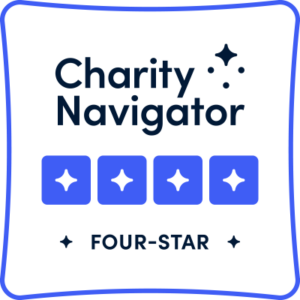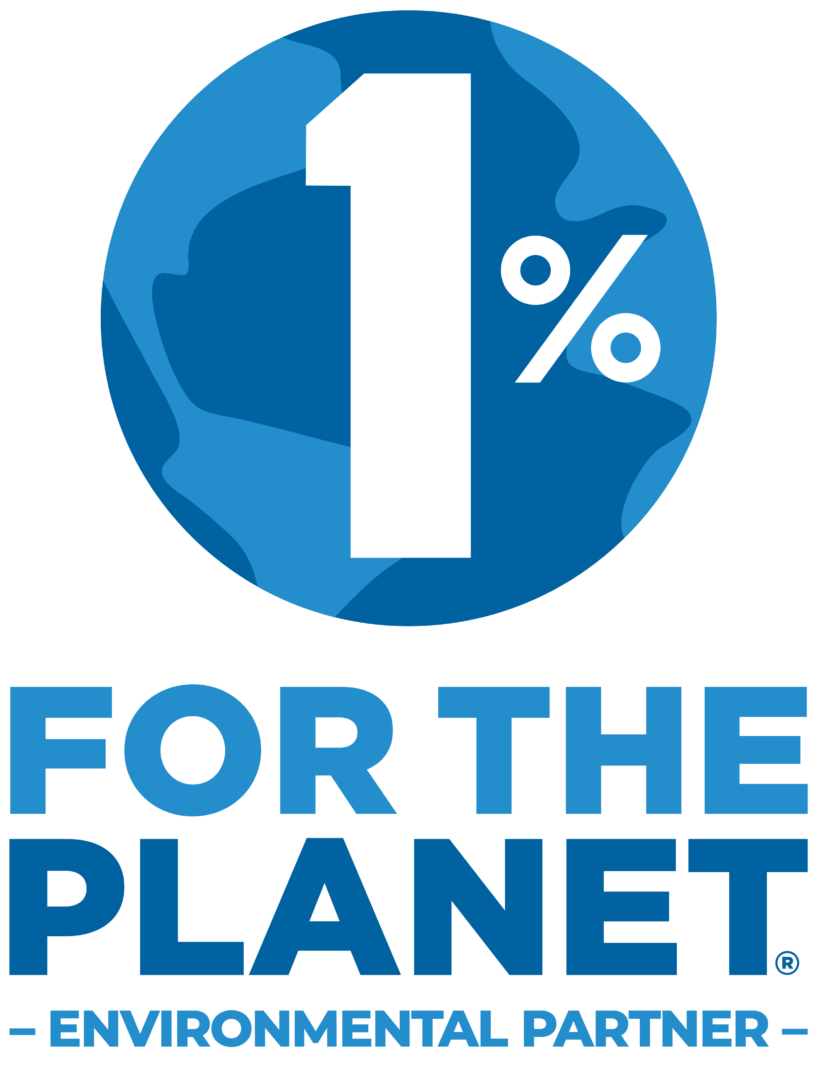The Triennial Impact Report: Methods Make a Difference
How do we collect data to build an accurate picture of our impact?
We believe that accountability is an important part of our work. One of our best measures of accountability just so happens to be measurement. Data. Quantitative numbers show us the impact that your support has on rural communities around the world.
Plant With Purpose employs a diverse range of data collection methods to produce the Triennial Impact Report. Much like having a diversity of crops benefits an agroforestry plot, a diverse way of collecting and evaluating information can provide a more holistic understanding of the impact we create within the communities we serve.
Here are a few of the specific methods we utilize and why each plays a crucial role in our learning journey:
1. Household Surveys: Voices from the Ground Up
Household surveys form the bedrock of our data collection efforts in creating the Triennial Impact Report. Using digital survey tools on tablets, trained survey takers conduct face-to-face interviews with a statistically representative sample of households within targeted communities. This approach ensures we capture a broad spectrum of experiences, providing valuable insights into income levels, food security, water access, and changes in tree planting and management practices.
However, in rural settings, traditional methods can have limitations. Language barriers and limited literacy can hinder participation or expression. To address this, we prioritize culturally sensitive approaches. Surveys are translated into local languages, and survey takers are trained to build rapport with participants, fostering a safe space for honest responses. This meticulous approach empowers every voice to be heard, offering crucial insights into how our interventions are impacting the daily lives of community members.
This can be a time-consuming and intensive process that also requires the informed willingness of participants. Our team pays special attention to the ethical considerations behind household survey collection. Some of the things we consider include: creating psychological safety for respondents as they share, formulating questions with care to elicit truth, making sure survey participants are informed about how their answers will be used, and being considerate of people’s time.
For more on this aspect of the process, be sure to read our recent post on ethical considerations while collecting data.

2. Participatory Workshops: Beyond Words
While surveys are powerful, they can sometimes miss the mark when it comes to capturing the nuances of a community's experience. This is where participatory workshops come alive. These workshops move beyond words, empowering communities to express themselves creatively.
Villagers use maps, drawings, or even drama performances to illustrate their experiences, needs, and aspirations. This fosters a sense of ownership and allows even the most marginalized voices to be heard. For instance, a community might use a hand-drawn map to highlight areas where access to clean water has improved due to tree-planting initiatives. A common approach in Plant With Purpose communities is using lentils or coffee beans as tallies to identify areas of interest or concern. These visual representations provide rich data that complements traditional surveys and paints a more nuanced picture of community dynamics and the impact of our work.
3. Watershed Mapping: Unveiling the Landscape
Our work extends beyond individual households; it encompasses the wider environment. Watershed mapping allows us to track changes in forest cover and natural water sources within a specific watershed area. Using mapping activities that involve participants allows us to assess the condition of a watershed through the experiences and perspectives of local stakeholders.
In rural villages grappling with environmental degradation, restoring balance to the ecosystem often requires a collaborative effort. Here's where mapping activities can become powerful tools for empowerment.
Once the environmental issues are mapped, villagers can work together to prioritize their concerns. Are dwindling water sources the biggest issue, or is it soil erosion threatening their crops? By visualizing these problems on a map, the community can identify areas requiring immediate attention and plan restoration activities strategically.
The map-making process itself fosters unity. Villagers with diverse perspectives come together to share their knowledge of the land. This collaborative effort strengthens social bonds and builds a sense of shared responsibility for the environment.

4. Change Matrix: Weaving the Narrative of Impact
Impact evaluation is not just about quantifiable data; it's about understanding the story behind the numbers. The change matrix helps us achieve this. It identifies the most significant changes observed within a watershed, along with their causes, consequences, and the lessons learned. This method allows us to move beyond simple correlations and delve into the underlying factors driving positive change. For instance, a change matrix might identify a decrease in soil erosion as a result of tree planting. By delving deeper, we might learn that this decrease is linked to increased community participation in tree-planting initiatives and improved land management practices. This narrative approach provides valuable insights for future interventions and allows us to share the human stories behind the data with a wider audience.
5. Spiritual Renewal: The Unseen Impact
The impact of our work often extends beyond the material realm. Plant With Purpose recognizes the importance of spiritual renewal within communities. Through interviews with community leaders, we collect stories of reconciliation and a reconnection with nature fostered by our interventions. This qualitative data, though not easily quantified, sheds light on the deeper social and cultural changes that can occur alongside environmental restoration. These stories of hope and personal transformation add another layer of understanding to the overall impact of our work.
Admittedly, spiritual changes don’t easily lend themselves to quantitative measures. We acknowledge this while also recognizing that there is a notable difference in attitudes and behaviors throughout a community that is reflective of spiritual transformation. We explore things like the frequency at which people help their neighbors and the inclusion of environmental restoration in church activities. We also surveyed changes in people’s agreement with statements like “I have the ability to improve my life,” “My community works together to change things that are wrong in the community,” and “My actions have a positive impact on the environment and its future condition.” Questions like these are connected to various dimensions of spiritual renewal, including an increasing sense of ownership, agency, and unity throughout a community.
6. Remote Sensing and GIS: A Bird's-Eye View of Change
Remote sensing and GIS technology provide a powerful tool for analyzing environmental change over time that aids our Triennial Impact Report. By utilizing tools like the Normalized Difference Vegetation Index (NDVI), we can assess changes in vegetation cover within a specific area. This data allows us to track the success of our tree-planting initiatives and measure the overall increase in forest cover within a watershed. Additionally, we can monitor changes in vegetation percentage over time, providing a clear picture of the long-term impact of our reforestation efforts on the local ecosystem.
In conclusion, Plant With Purpose's diverse data collection methods paint a holistic picture. From household surveys that capture the voices of individuals to satellite imagery that reveals changes in entire landscapes, each method adds a vital piece to the puzzle. By combining quantitative and qualitative data, we not only measure progress but also understand the human stories behind the numbers.


















